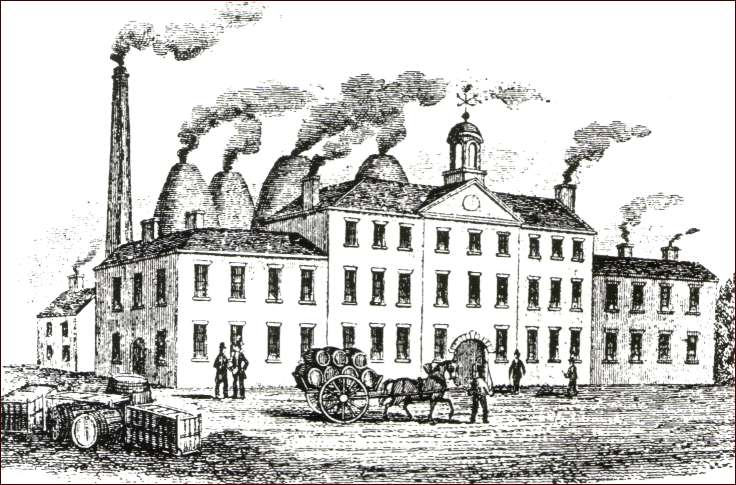
In 1935, Arthur Cotton shared his memories of late Victorian Tunstall with a Sentinel reporter.
Arthur, who was born at Goldenhill in 1857, became an estate agent with an office in Market Square (Tower Square). He and his wife, Gavina, lived in Tunstall. They had six children – four boys and two girls. The family were Methodists. They worshiped at the Wesleyan Methodist Church in Wesley Place (Wesley Street).
Arthur took a keen interest in local politics and joined the Liberal Party. He became a Staffordshire County Councillor and an Urban District Councillor in Tunstall.
From 1905 to 1907, he was chairperson of the Urban District Council.
Arthur opposed the scheme to amalgamate the six towns and create the County Borough of Stoke-on-Trent. He believed it would undermine local democracy by transferring power from councillors to senior local government officials.
A man with a retentive memory, Arthur was a local historian. He told the Sentinel what Tunstall was like during the latter part of the 19th century, saying:
During the past 70 years or so, the district has changed beyond all recognition. The Tunstall of my boyhood days was an industrial town of small pottery factories. Many of them have long since disappeared, giving way to an industrial era that demands fewer factories, but bigger ones.
Many small collieries were scattered throughout the district. There were collieries at Goldenhill, Clanway, Newfield, Greenfield, Scotia and on the slopes leading up to High Lane… All these have ceased to exist because of flooding.
There were hardly any public buildings in the town. The old town hall stood in the centre of Market Square [Tower Square].
Much of the land now occupied by streets, houses, and factories was open country. The public library was built in Phoenix Park, which local people called Cope’s Running Ground. The Memorial Gardens were laid out in the park.
(Edited by the History Factory 30.05.2025)
